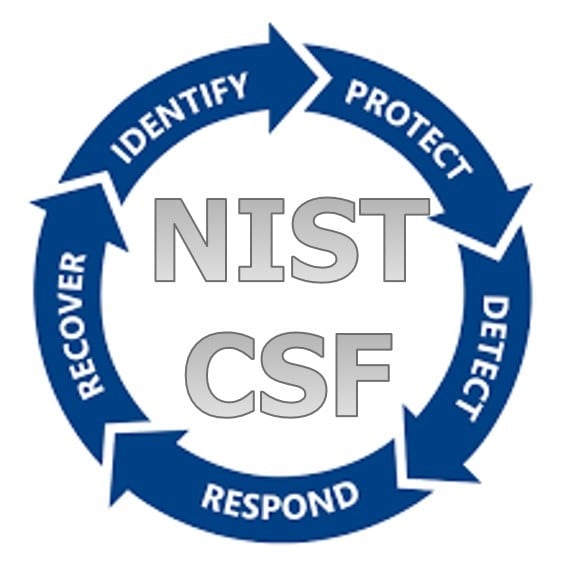Strengthen Cybersecurity Resilience with NIST CSF Framework
The NIST Cybersecurity Framework (CSF), formally known as the NIST Framework for Improving Critical Infrastructure Cybersecurity, is a set of guidelines, best practices, and standards designed to help organizations manage and reduce cybersecurity risks. Developed by the National Institute of Standards and Technology (NIST), it provides a flexible, risk-based approach to cybersecurity that organizations can adapt to their specific needs, regardless of size or industry.The NIST Cybersecurity Framework is widely used across both public and private sectors to improve cybersecurity resilience and to ensure effective protection of critical infrastructure and sensitive data.


